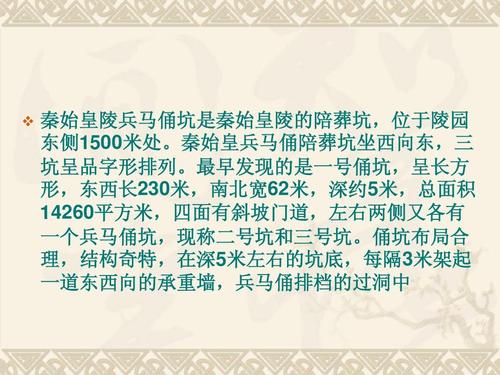
What is the Historical Significance of the Terracotta Army?
Terracotta: A Timeless Medium
Terracotta, literally meaning "baked earth," represents one of humanity's earliest and most enduring artistic mediums. From rudimentary vessels to intricate figurines, terracotta's versatility and durability have made it a cornerstone of cultures across the globe. The process, though simple in concept, involves shaping clay, often sourced locally, and firing it in a kiln to harden the material. This transformative process, utilizing earth and fire, imbues terracotta with a certain elemental power, connecting it intrinsically to the cycles of nature and human endeavor.
The Terracotta Army: A Glimpse into Ancient China
While terracotta's use is widespread, perhaps its most awe-inspiring manifestation lies buried for centuries in Xi'an, China: the Terracotta Army. This vast necropolis, commissioned by Qin Shi Huang, the first emperor of a unified China, stands as a testament to the power and ambition of the Qin Dynasty (221–206 BCE).
Guardians of an Emperor's Afterlife
The army, numbering in the thousands, consists of life-sized terracotta soldiers, each meticulously crafted with unique facial features, hairstyles, and armor, reflecting the military might and meticulous organization of the Qin army. Alongside the infantry stand chariots, horses, and even acrobats, suggesting a desire to replicate the splendor of the emperor's earthly court in the afterlife.
More Than Just Soldiers: Symbols of Imperial Power
The sheer scale of the Terracotta Army speaks volumes about the Qin Dynasty's resources and organizational prowess. The creation of this subterranean legion demanded immense manpower, specialized craftsmanship, and logistical expertise, underscoring the centralized authority wielded by the emperor. These figures were not merely intended as passive guardians; they were intended to project an image of invincibility, a silent warning to any who might challenge the emperor's authority, even in death.
Windows into the Past
Beyond their grandeur, the Terracotta Army provides invaluable insights into ancient Chinese civilization. The figures offer a detailed snapshot of military attire, weaponry, and tactics employed during the Qin dynasty. Additionally, the presence of different ranks and military branches, from archers and infantrymen to charioteers and generals, sheds light on the army's hierarchical structure and operational complexity.
A Legacy in Terracotta
The 1974 discovery of the Terracotta Army captivated the world, not just for its artistic brilliance but for the window it provides into a pivotal period of Chinese history. The figures stand as a testament to the ambition, artistry, and organizational genius of the Qin Dynasty, reminding us of the enduring power of human creativity and the echoes of history that lie buried beneath our feet.
Questions & Answers
Q: When was the Terracotta Army discovered?
A: The Terracotta Army was discovered in 1974 by farmers digging a well near Xi'an, China.
Q: What is the purpose of the Terracotta Army?
A: The Terracotta Army was created to accompany Qin Shi Huang, the first emperor of China, in the afterlife, protecting him and ensuring his continued power.
Q: Why is the Terracotta Army considered historically significant?
A: The Terracotta Army offers invaluable insights into the military organization, artistry, and cultural beliefs of ancient China during the Qin Dynasty. It serves as a tangible link to a pivotal period in Chinese history and provides valuable information for understanding the dynasty's rise to power and its lasting impact on Chinese civilization.